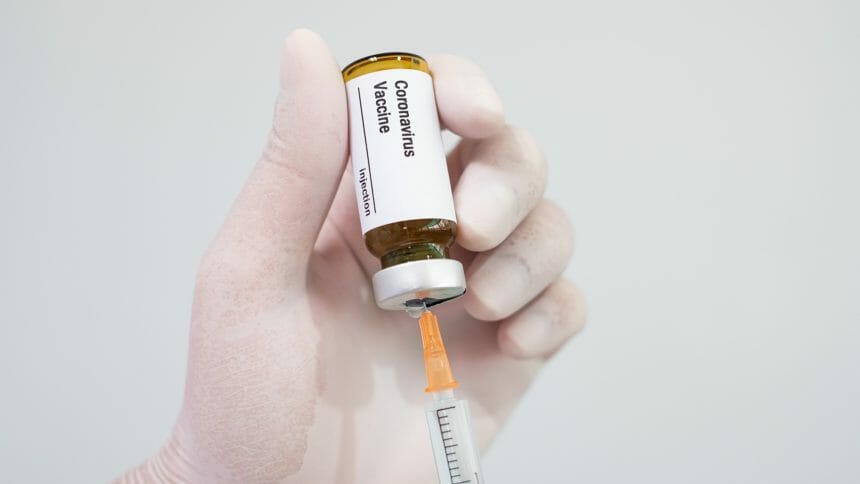
Even as the first doses of a COVID-19 vaccine are set to be administered this week, many in the senior living industry are predicting a long, dark winter ahead, with continuing occupancy and move-in rate declines, noted speakers at a Thursday webinar hosted by Marcus & Millichap.
With long-term care residents and staff members, along with other healthcare personnel, recommended as the first priority for COVID-19 vaccinations, some panelists expressed hope that vaccination may help boost occupancy rates sooner rather than later.
“For those folks who are sitting on the fence right now about moving into a congregate setting, this vaccine priority might be the incentive they need to take that next step,” said Kathleen Ryser, senior director of seniors housing lending at Freddie Mac. She added that the thinking around this potential among prospective residents would be that at least if they move in and get the vaccine, they’d “have a line of sight in terms of when they can see their families.”
Many of the panelists agreed that the biggest hurdle in senior living occupancy right now is the current restrictions — or a concern about further restrictions — on visitation with family and friends.
“Until there is an ability to visit in a meaningful way, we aren’t going to see occupancy numbers improve,” said Michelle Kelly, senior vice president of investments at National Health Investors. “Visitation will be the lynchpin.”
Kelly also pointed out, however, that although skilled nursing and assisted living residents have been recommended for prioritization when it comes to vaccine distribution, the status within independent living is less certain.
“Independent living is still a gray area for a lot of operators, and prioritization may even differ state by state,” said Talya Nevo-Hacohen, chief investment officer of real estate investment trust Sabra Health Care REIT.
Panelists also discussed the hurdles related to staff member vaccinations, given some employee distrust of the approval process and the latest noise around potential side effects.
“There’s a real chance employees could be pretty sick for a day or two,” Kelly said. “So we can’t have Walgreens or CVS come in and vaccinate everyone on the same day or you could run into issues with employee absences.”
Nevo-Hacochen noted that for operators, leadership can make great strides by setting an example and stepping up to say they will go first. In the end, she added, every employee you can convince to get the vaccine is a step in the right direction.
“Even if you can only get 50% of employees vaccinated, we’ll be so far ahead of where we are today,” she said.




